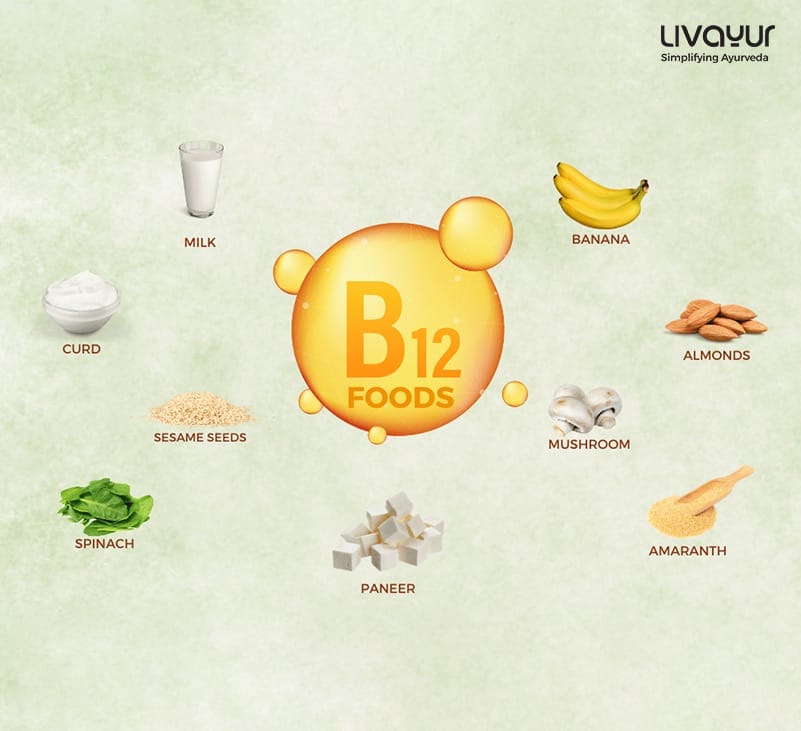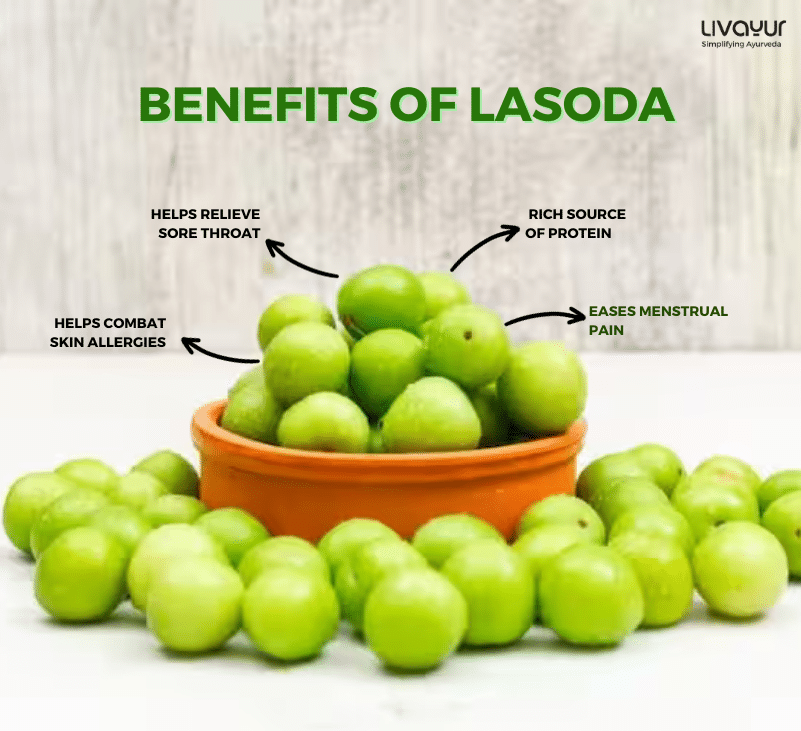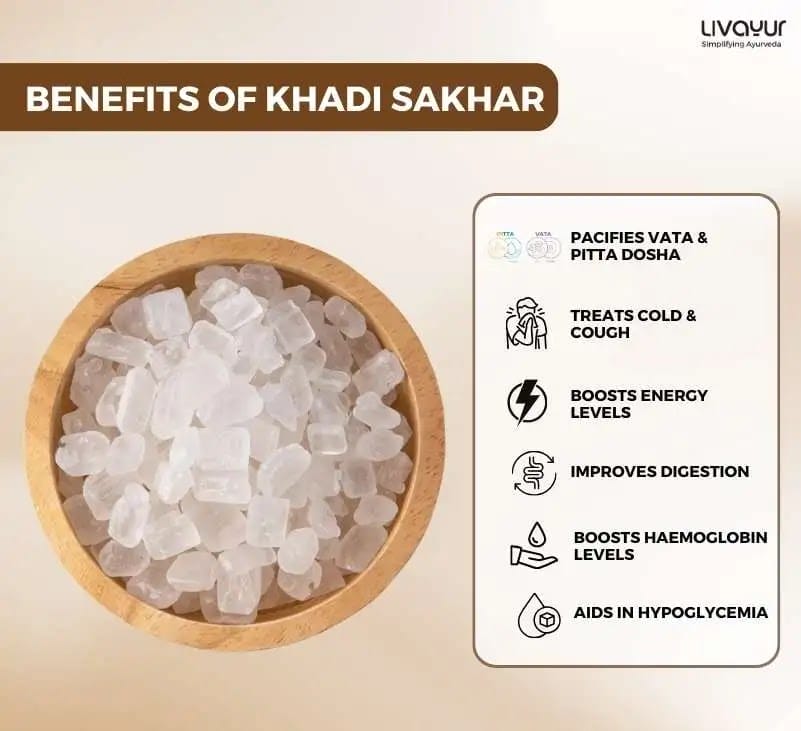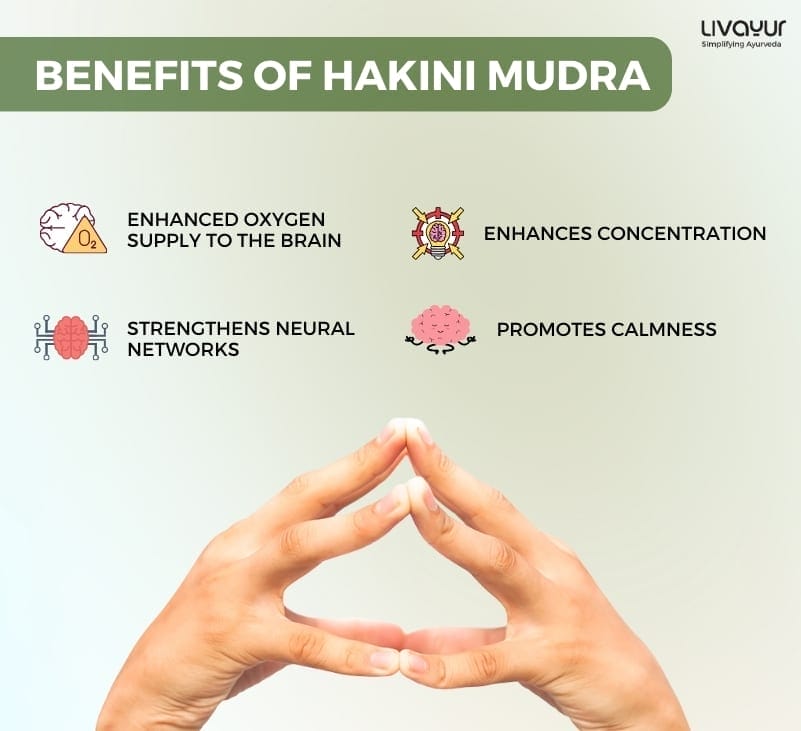
We’ve all heard of the old adage, “prevention is better than cure”. Prevention of future disorders through diet, lifestyle usage of herbs, and maintaining balance in one’s life is a major facet of Ayurveda.
First founded in India over 5000 years ago, this ancient science of Ayurveda is still very relevant in our day to day life. One of the ways in which ayurvedic practises are observed to be very effective is in the treatment of high blood pressure, or hypertension.
What Is Hypertension?
Hypertension, is a medical condition in which the arteries are persistently subjected to an elevated blood pressure. This increased pressure is caused by a rise in the force of blood pushing against the walls of the arteries.
Dangers Of High Blood Pressure
Though not immediately dangerous, hypertension can cause heart, eye, brain and kidney damage, sexual dysfunction, or lead to fatal future developments like heart attack or stroke.
Changes in the modern world have led most of us to lead a more sedentary lifestyle, which further leads to lack of exercise and onset of obesity. The introduction of nicotine-added substances such as cigarettes and the stresses of modern living contribute to health problems. All of this puts us at a higher risk for high blood pressure than our ancestors. The prevention of the condition, and if already developed, the treatment of it, is more important than ever.
Ayurveda has helped in the treatment of the condition through the use of various herbs, spices and condiments. Two such commonly used herbs are garlic and tulsi.
How Can Garlic Be Used To Treat High Blood Pressure?
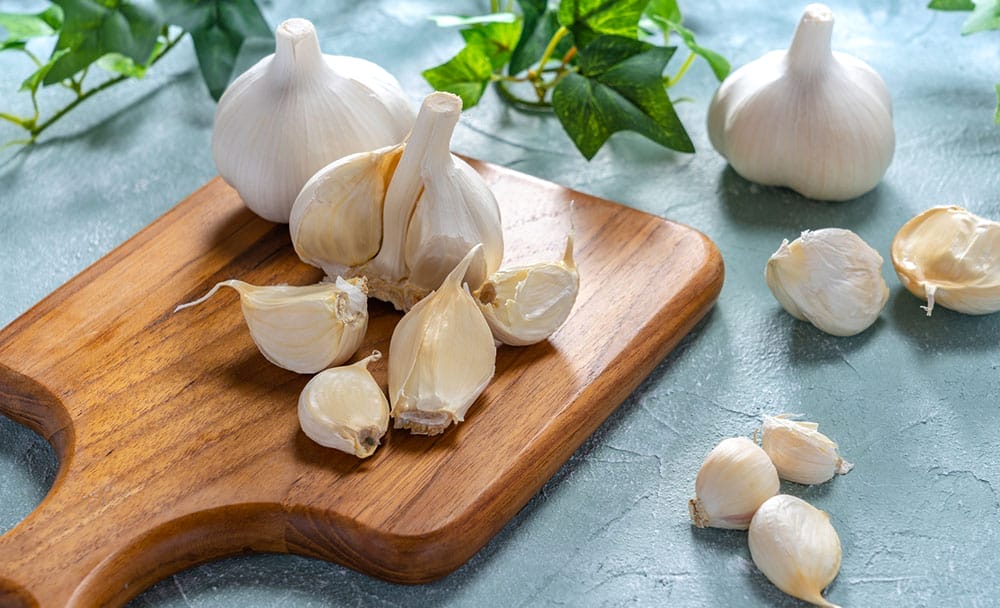
Garlic (Allium sativum) is an herb that is grown around the world. It is related to the onion, shallot, leek, chive, and Chinese onion family. It is native to Central Asia and northeastern Iran and has long been a common seasoning worldwide. The usage of garlic dates back to thousands of years.
Known as “Rasona” in Ayurveda, garlic is known to have a wide range of health benefits. One of its benefits is that it helps clear and open the body channels.
This is quite literal in effect. Garlic increases a substance in your body known as nitric oxide. Nitric oxide causes blood vessels to relax and dilate, which lets blood flow more freely and reduces blood pressure. Garlic extract reduces both systolic and diastolic blood pressure in hypertensive people.
Garlic also contains allinase. Alliinase is an enzyme that is released when we crush, chop or chew raw garlic. It then undergoes a series of reactions, resulting in the formation of allicin. Allicin is a sulphur containing compound, giving garlic its characteristic pungent smell, and is one of the most beneficial natural remedies against high blood pressure.
Methods Of Consuming Garlic
Garlic can be taken raw, fried, with milk, or added to savoury dishes as an ingredient. Ayurvedic practitioners believe in taking garlic in moderation, however. Pungent vegetables — garlic, onions, radishes and chilies tend to have a ‘rajasic’ and ‘tamasic’ nature and can also cause flatulence in some cases.
How Can Tulsi Be Used To Treat High Blood Pressure?
The second herb, Ocimum tenuiflorum (synonym Ocimum sanctum) is commonly known as holy basil or tulsi, native to the Indian subcontinent and is also cultivated throughout the Southeast Asian tropics.
Of all the herbs used in the practice of Ayurveda, none has a status comparable to tulsi! Within Ayurveda, it is known by many names. “The Incomparable One.” “Mother Medicine of Nature”. “The Queen of Herbs”. All of this gives an impression of a plant which offers a wide range of benefits both medicinal-wise and health-wise.
Tulsi or basil helps in decreasing blood pressure because of the chemical eugenol present in Tulsi. Eugenol fights the substances that tighten the blood vessels and thereby help decrease the blood pressure.
Also read about 12 amazing benefits of tulsi leaves
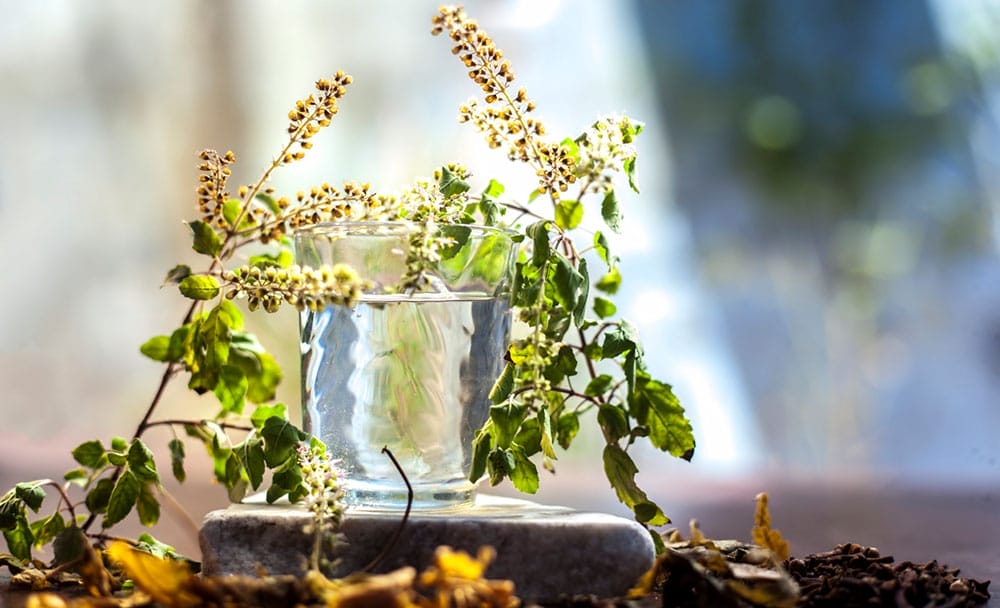
Methods Of Consuming Tulsi
Tulsi can be ingested in a variety of ways. A common concoction in Ayurveda is tulsi tea. It is made by boiling tulsi leaves in water. Raw leaves, eaten first thing in the morning, are another way in which they are ingested. The leaves can also be simply added to a wide range of curry preparations or simply consumed raw (also works as a mouth freshener).
The Bottom Line
Though it is not advisable to forgo conventional drugs to depend on the sole treatment of herbs, adding them to our daily diet can offer huge benefits and improve the quality of our life. Apart from high blood pressure, these herbs can aid in the prevention and treatment of a myriad of ailments. It is best to use herbs as an integral part of life, combining them with a wealth of other lifestyle choices and thus preventing and balancing disorders or diseases.
This article is reviewed by Dr. Sunanda Ranade
Beat The Heat With Healthy Ayurvedic Beverages (Download Ebook)










